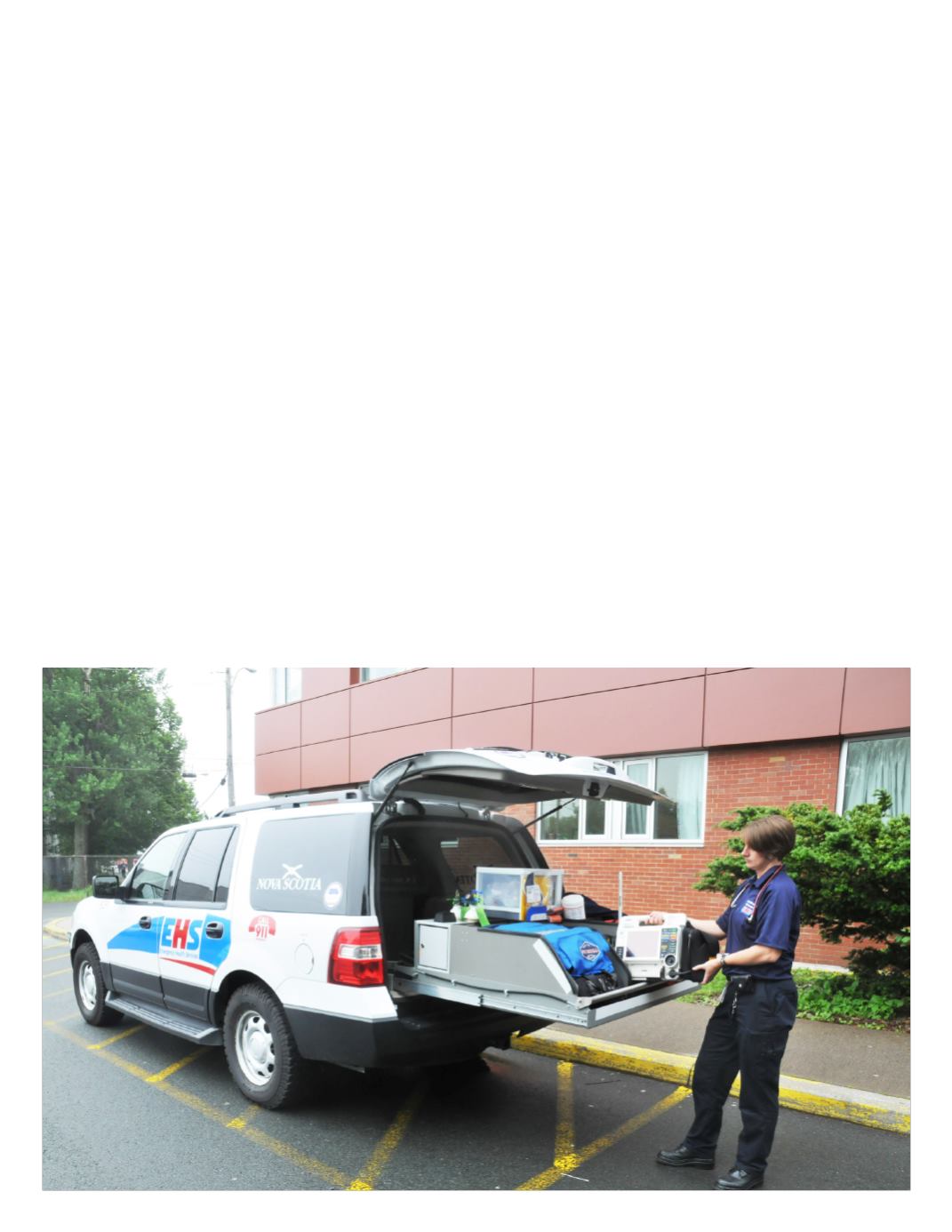
January 2014
| Business World Magazine | 103
The system’s centralized setup enables EHS
to establish uniformity on standards, equip-
ment, training, certification, etc., which
guarantees that personnel responding to an
accident scene in Sydney or Yarmouth on the
northeast and southwest ends of the prov-
ince will have the same qualifications as the
crew arriving for a home-based emergency in
suburban Halifax.
“Having that single standard of care and
protocols for the whole province is vitally
important,” says Chris Nickerson, director
of provincial programs. “The ambulances,
the equipment, the telecommunications,
they’re all the same, so there’s a continuity
and an assurance that there is consistency of
operations and quality. One of the primary
variables that is managed within the system
is response to urban, rural and remote com-
munities – the level of quality for all is ex-
actly the same.”
Of course, a public-private partnership-
based model puts a premium on communi-
cation between partners.
WORKING WELL WITH
OTHERS
Roles are established and clearly defined,
which guards against redundancies and oth-
er cracks through which inefficiency could
creep in, Nickerson says. For example, sig-
nificant effort is put into ongoing education


